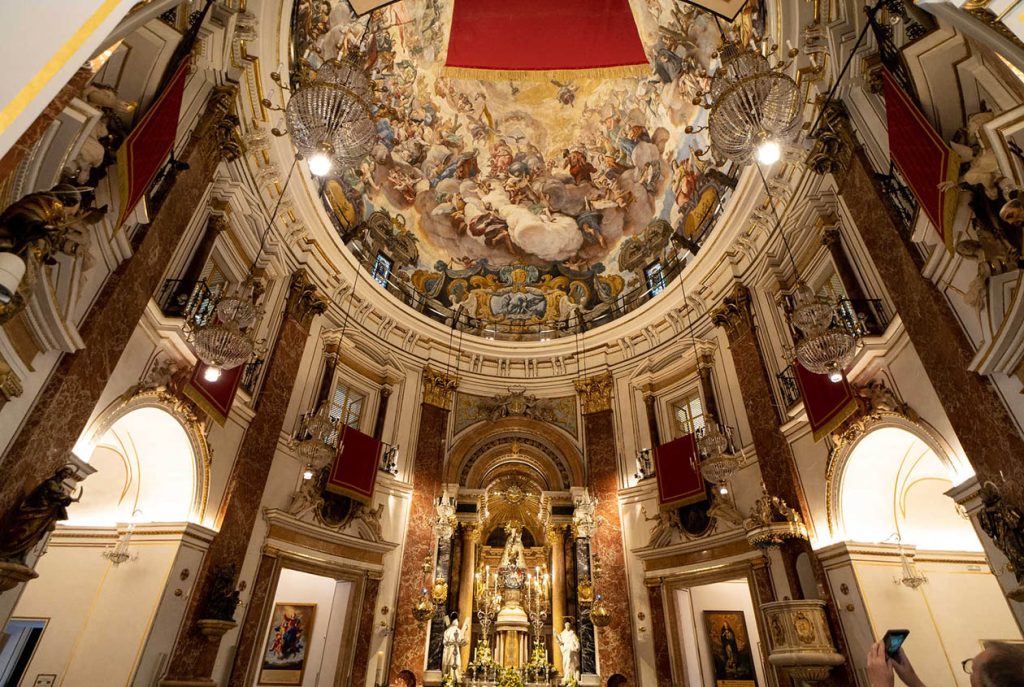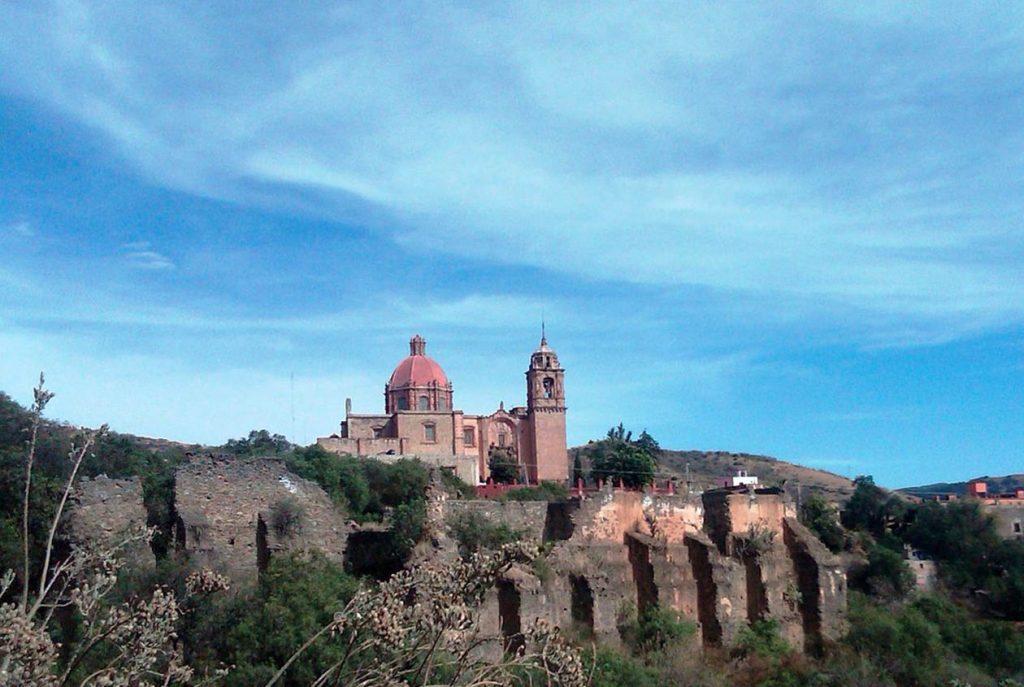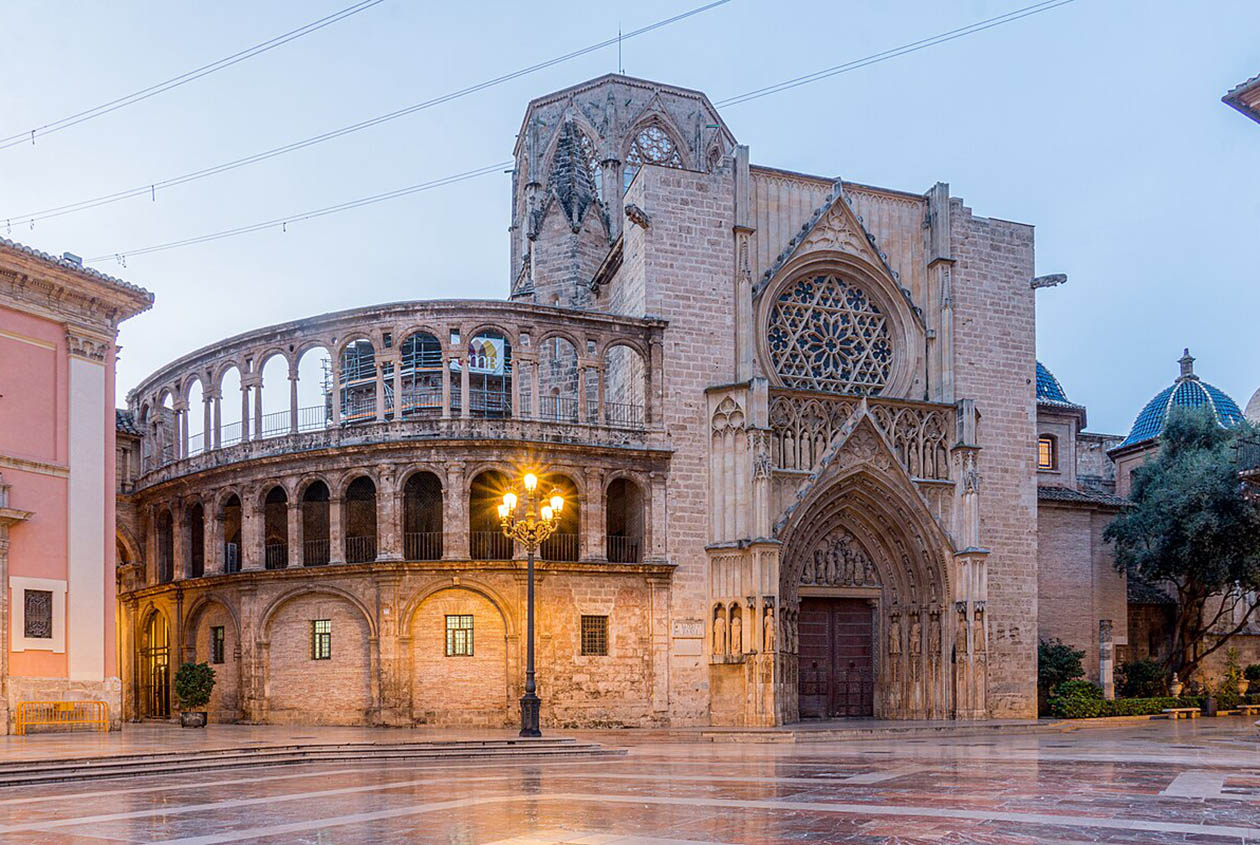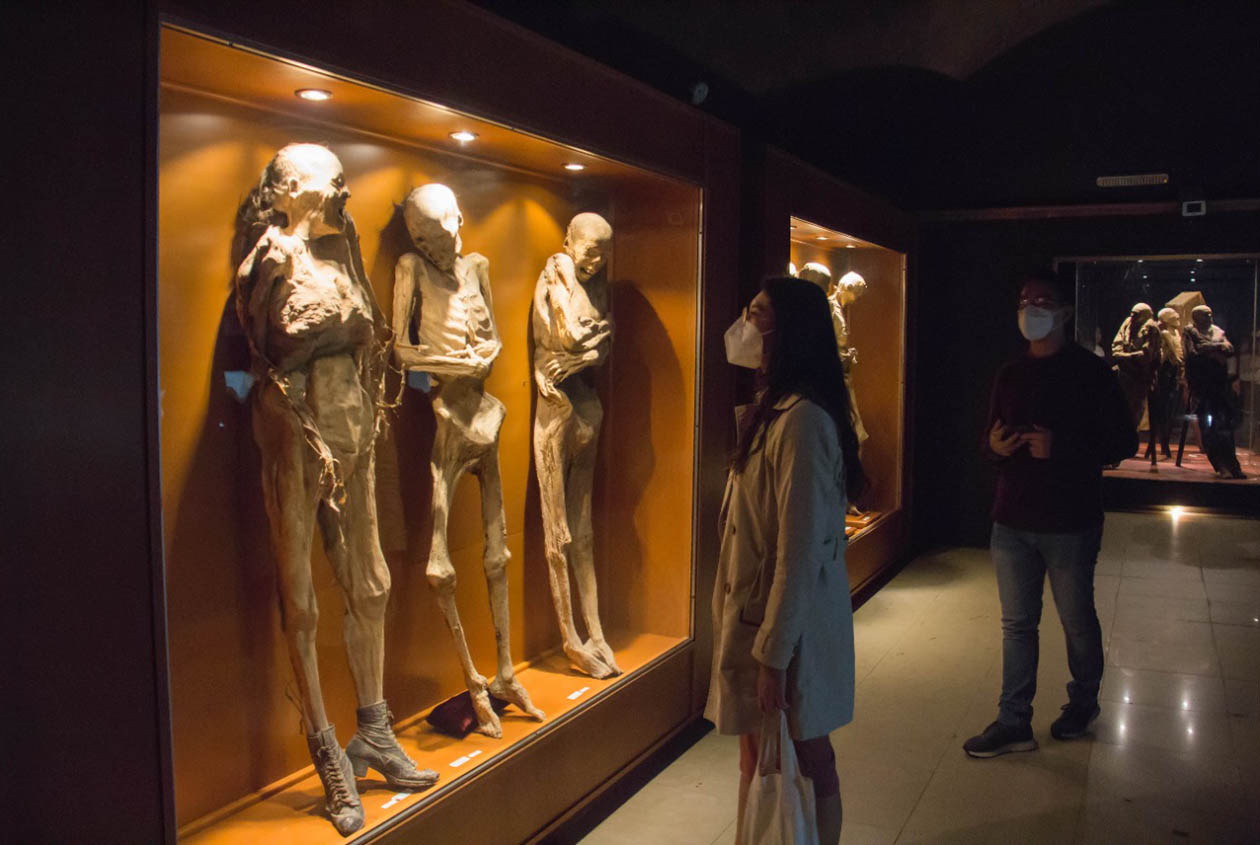While many travelers flock to its popular beaches and vibrant cities, Mexico also boasts hidden treasures that are off the beaten path. This summer, I decided to explore one such hidden gem in Guanajuato State—Valencia. Known for its ancient churches and rich mining history, Valencia offers a unique glimpse into Mexico’s past. I’m excited to share my experiences and insights about Valencia, hoping to inspire you to discover this fascinating town for yourself.
Overview of Valencia
Nestled in the heart of Guanajuato State, Valencia may not be on every traveler’s radar, but it is a treasure trove of history and culture. The town is celebrated for its historic church and its deep roots in the mining industry, making it a compelling destination for history buffs and adventure seekers alike.
The Valencia Church
The Valencia Church, known locally as La Parroquia de Valencia, is indeed one of the most significant landmarks in the town. Its architectural and artistic elements make it a standout example of the region’s rich historical heritage.
Architectural Style and Features
Exterior Design
The exterior of La Parroquia de Valencia is a magnificent example of colonial Baroque architecture. The church’s facade is characterized by its grandeur and intricacy, featuring an array of elaborate carvings and ornamental details that reflect the Baroque style’s emphasis on dramatic and elaborate design.
The church is flanked by two imposing bell towers that reach towards the sky, adding a vertical emphasis to its architecture. These towers are adorned with decorative elements such as ornate cornices and pilasters that enhance the visual appeal of the facade. At the base of the towers, you’ll find intricately carved stonework depicting various religious figures and motifs. These carvings include detailed representations of angels, saints, and biblical scenes, all contributing to the church’s rich visual tapestry.
Facade Artistry
The facade of the church is an artful display of religious iconography. The entrance is framed by a grand archway, above which are sculpted scenes from the Bible and figures of saints. The detailed reliefs showcase a high level of craftsmanship, with each figure rendered with remarkable precision and artistry. Among these sculptures, you’ll find depictions of the Virgin Mary and Jesus Christ, rendered in a style that combines realism with symbolic elements typical of Baroque art.
Interior Design
Stepping inside La Parroquia de Valencia, the sense of awe continues. The interior of the church is equally impressive, featuring high vaulted ceilings that create a sense of spaciousness and grandeur. The ceilings are adorned with beautiful frescoes and murals that depict significant religious stories and events. These murals are painted with vibrant colors and intricate details, capturing scenes from the life of Christ and various saints.
Central Altar
The central altar of La Parroquia de Valencia is one of the church’s most striking features. This ornate altar is a masterpiece of Baroque design, with elaborate carvings and gold leaf accents. At the heart of the altar is an exquisite statue of the Virgin Mary, meticulously sculpted and richly adorned. The statue serves as a focal point for worshippers and adds a sense of reverence and devotion to the space.
Artistic and Historical Significance
The central altar is not only a focal point for worship but also a testament to the artistic skill of the craftsmen who created it. The craftsmanship involved in creating the altar and its decorations reflects the high level of artistry and attention to detail that characterized the Baroque period. The altar’s design, with its elaborate carvings and gilded accents, highlights the importance of religious art in the church’s history and in the broader context of colonial Mexican art.
Cultural Impact
The Valencia Church stands as a cultural and historical symbol for the town, reflecting its colonial past and the artistic achievements of its era. Its blend of architectural styles and intricate details offers a window into the religious and cultural values of the time. The church continues to be a place of worship and a significant landmark for visitors, drawing admiration for its beauty and historical significance.
La Parroquia de Valencia is a treasure trove of architectural and artistic marvels. From its grand facade to its opulent interior, every aspect of the church reflects the rich history and artistic heritage of Valencia. Whether you’re an art enthusiast, a history buff, or simply someone who appreciates beautiful architecture, a visit to this church is a journey through the heart of colonial Mexican artistry.
Historical Background
The construction of La Parroquia de Valencia dates back to the 17th century, making it one of the oldest religious buildings in the area. The church has witnessed many historical changes, from the colonial period to modern times. It has undergone several renovations and expansions over the centuries, preserving many ancient artworks and artifacts. The church continues to be a central hub for religious activities and community life in Valencia.

Description of Valencia Church
During my visit, La Parroquia de Valencia left a profound impression on me. The serene and majestic atmosphere inside the church seemed to transport me back to a time rich in religious rituals and traditions. As I walked through the church, the high ceilings and grand altar were truly awe-inspiring. The detailed religious paintings on the walls offered a glimpse into the artistic styles and stories from the past.
The church’s basement is a hidden gem that showcases many historical artifacts and relics. The walls of the basement are etched with inscriptions that detail the church’s history and significant events. Exploring these artifacts provided me with a deeper understanding of Valencia’s rich heritage and cultural significance.
The History of Valencia
The history of Valencia is deeply intertwined with the Spanish colonial era. Originally established as a mining center, the town later evolved into an important religious and cultural hub. Valencia’s history is closely linked to Mexico’s mining activities, particularly in silver mining.
The Origins of Valencia
Valencia was founded in the 16th century, during a time when Spanish conquerors discovered rich mineral deposits in the area. As mining activities began, Valencia quickly grew into a prosperous mining town. Many Spanish settlers and explorers moved to the region, driving economic and social development.
Social Changes in Valencia
Over the centuries, Valencia has undergone significant social transformations. From its origins as a mining center, it developed into a religious and cultural center. The town witnessed many important changes in Mexican society throughout the 19th and 20th centuries. While mining activities eventually declined, Valencia’s religious and cultural traditions remained vibrant.
The Valencia Mines

The Valencia Mines are one of the most famous historical sites in the town. Once one of Mexico’s most significant silver mining areas, the mines played a crucial role in the region’s development. The mining history of Valencia dates back to the 16th century, a period known as Mexico’s “Silver Age.”
History of the Valencia Mines
Mining at Valencia began in the 16th century, marking an era of great prosperity for the region. The silver extracted from these mines contributed significantly to the wealth of the Spanish Empire, fueling local economic growth. The mining activities not only transformed Valencia’s economic landscape but also had a profound impact on the region’s social and cultural fabric.
Mining Remnants
Today, the remnants of the Valencia Mines offer a glimpse into the past. The old mine shafts, mining equipment, and worker quarters have been preserved as cultural heritage sites. Visiting these remnants allows you to experience the conditions under which miners worked and understand the significant role mining played in Valencia’s history.
My Travel Experience
During my visit to Valencia, I was deeply impressed by the town’s historical and cultural richness. From the grand church to the historic mining sites, every aspect of Valencia seemed to tell a story of its past. I particularly enjoyed wandering through the church, admiring the beautiful artworks and religious paintings. The serene atmosphere and intricate details of the church offered a sense of tranquility and historical depth.
Exploring the mining sites was equally fascinating. Walking through the old mine shafts and remnants, I could almost feel the weight of history and the challenges faced by the miners. These sites not only highlighted the town’s mining heritage but also provided a tangible connection to its historical development.
Valencia is a town filled with history and culture, offering a unique glimpse into Mexico’s past. Its ancient church and rich mining history make it a compelling destination for those interested in exploring lesser-known but culturally significant places. Whether you are fascinated by religious architecture or eager to delve into the history of mining, Valencia is a hidden gem worth discovering.
I hope it provides you with a deeper understanding of Valencia and inspires you to visit this captivating town. Whether you’re strolling through the historic church or exploring the remnants of the mining era, Valencia promises an enriching and memorable experience. Safe travels and enjoy your exploration of this remarkable Mexican treasure!



